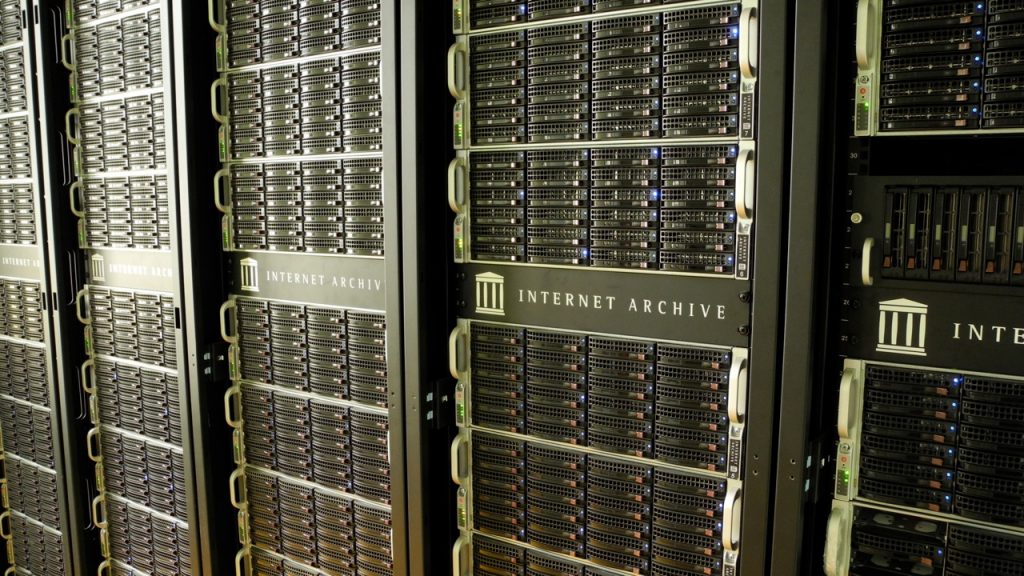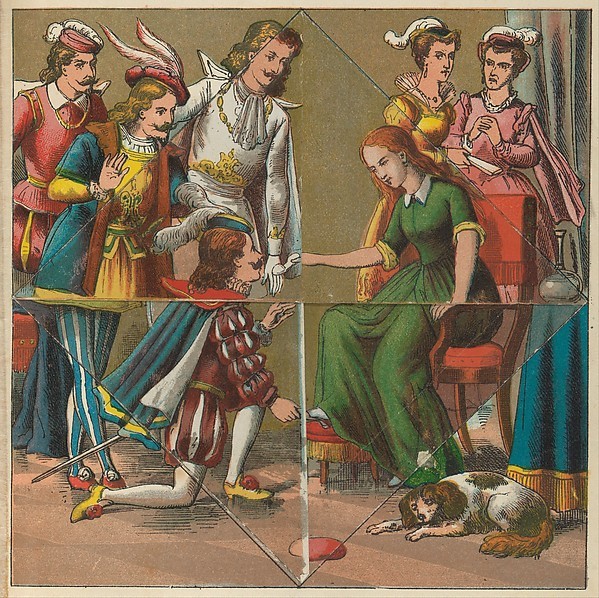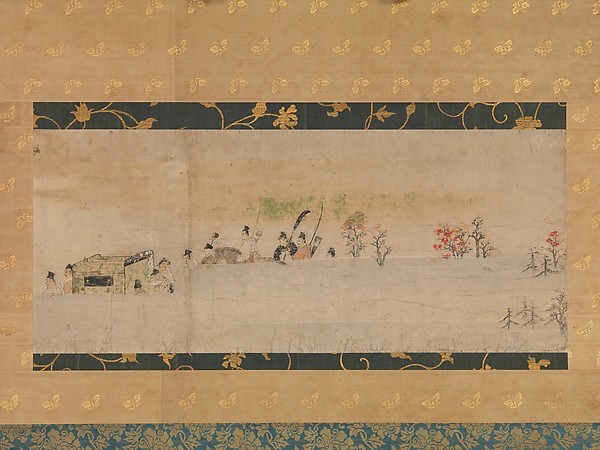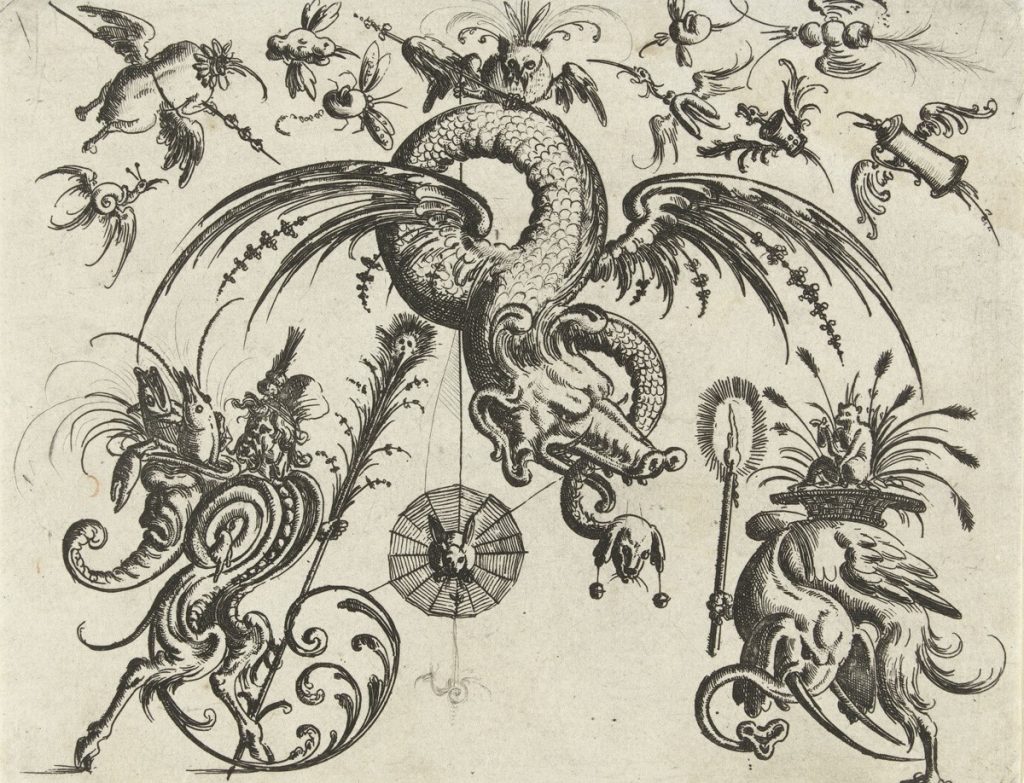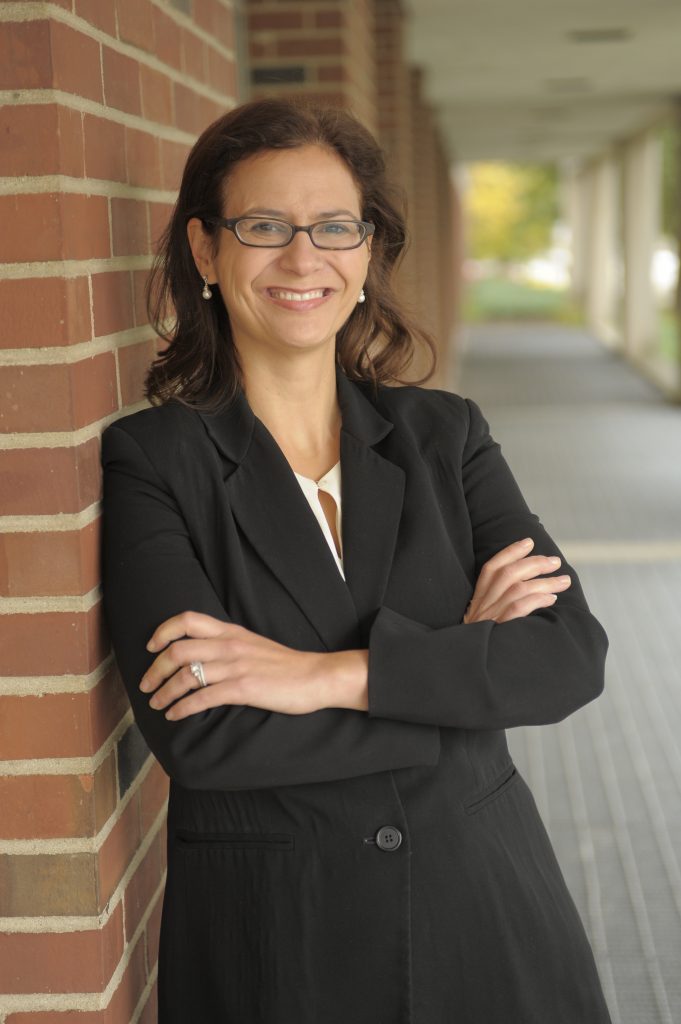For most of us, our introduction to the Internet Archive was the Wayback Machine, a search engine that can show you snapshots of websites from the past. It’s always fun to watch a popular webpage like Google evolve from November 1998 to July 2004 and beyond, but there is so much more that the Internet Archive has to offer. Today, I’m going to go through a few highlights from the Internet Archive’s treasure trove of material, just to get a glimpse at all of the things you can do and see on this amazing website.
Folksoundomy: A Library of Sound
Folksoundomy is the Internet Archives’ collection of sounds, music and speech. The collection is collaboratively created and tagged, with many participants from outside of the library sphere. There are more than a million items in the Folksoundomy collection, with items that range in date back to the invention of Thomas Edison’s invention of recorded sound in 1877. From Hip Hop Mixtapes to Russian audiobooks, sermons to stand-up comedy, music, podcasts, radio shows and more, Folksoundomy is an incredible resource for scholars looking at the history of recorded sound.
TV News Archive
With over countless clips collected since 2009, the TV News Archive includes everything from this morning’s news to curated series of fact-checked clips. Special collections within the TV News Archive include Understanding 9/11, Political Ads, and the TV NSA Clip Library. With the ability to search closed captions from US TV new shows, the Internet Archive provides a unique research opportunity for those studying modern US media.
Software Library: MS-DOS Games
Ready to die of dysentery on The Oregon Trail again? Now is your chance! The Internet Archive’s MS-DOS Games Software Library uses an EM-DOSBOX in-browser emulator that lets you go through and play games that would otherwise seem lost to time. Relive your childhood memories or start researching trends in video games throughout the years with this incredible collection of playable games!
National Security Internet Archive (NSIA)
Created in March 2015, the NSIA collects files from muckracking and national security organizations, as well as historians and activists. With over 2 million files split into several collections, the NSIA helps collect everything from CIA Lessons Learned from Czechoslovakia to the UFO Files, a collection of declassified UFO files from around the world. Having these files accessible and together is incredibly helpful to researchers studying the history of national security, both in the US and elsewhere in the world.
University of Illinois at Urbana-Champaign
That’s right! We’re also on the Internet Archive. The U of I adds content in several areas: Illinois history, culture and natural resources; US railroad history; rural studies and agriculture; works in translation; as well as 19th century “triple-decker” novels and emblem books. Click on the above link to see what your alma mater is contributing to the Internet Archive today!
Of course, this is nowhere near everything! With Classic TV Commercials, Grateful Dead, Community Software and more, it’s definitely worth your time to see what on the Internet Archive will help you!


